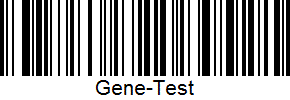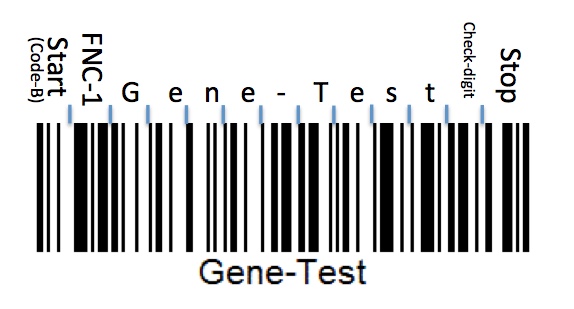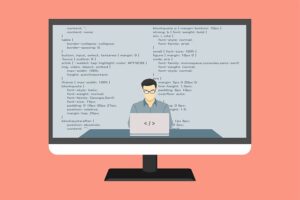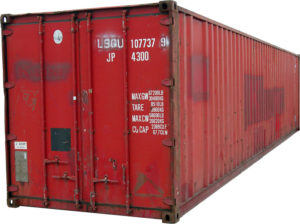Barcodes are not just for supermarkets! Any medium to high-throughput laboratory can benefit greatly from employing barcodes. The process of identifying and tracking samples and all types of other things (please don’t barcode your technician!) through locations and processes can:
- Save time typing the entries manually
- Greatly reduce the risks of mis-identification
- Allow longer IDs (i.e. more samples) or more other data without more effort
 Traditional barcodes exist as one-dimensional and two-dimensional black-and-white images (some examples in fig. 1). Both types are read using an optical sensor at a set distance. This could be a dedicated barcode-scanner or the camera of your smartphone. One-Dimensional barcodes typically track just one piece of data, such as the sample number. Two-Dimensional barcodes are able to encode more data, including sample ID, customer ID, lot numbers, and more.
Traditional barcodes exist as one-dimensional and two-dimensional black-and-white images (some examples in fig. 1). Both types are read using an optical sensor at a set distance. This could be a dedicated barcode-scanner or the camera of your smartphone. One-Dimensional barcodes typically track just one piece of data, such as the sample number. Two-Dimensional barcodes are able to encode more data, including sample ID, customer ID, lot numbers, and more.
There are around 100 different encoding schemes for barcodes. The original standard are “EAN/UPC” linear barcodes, but “Code-128” is becoming more established as it allows letters as well as digits (all 128 ASCII code characters), includes a start and stop identification. The latter as well as a “quite zone” (white space) around the barcode and a checksum digit at the end of the code make the reading more reliable, reducing the risk of mis-identification.
An online resource to see all the different types of barcodes and try encoding information with them can be found here, a specification document is also provided. A whole lecture about the science of barcodes is provided here. Two examples of encoding “Gene-Test” can be seen in fig. 2 & 3:


In the EAN-128 scheme there are four types of bar sizes, one character is represented by 3 bars and 3 spaces (total six elements). Using the table here we can decode this barcode:

Sources and further information:
www.csolsinc.com, barcode.tec-it.com

